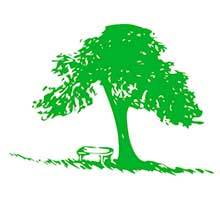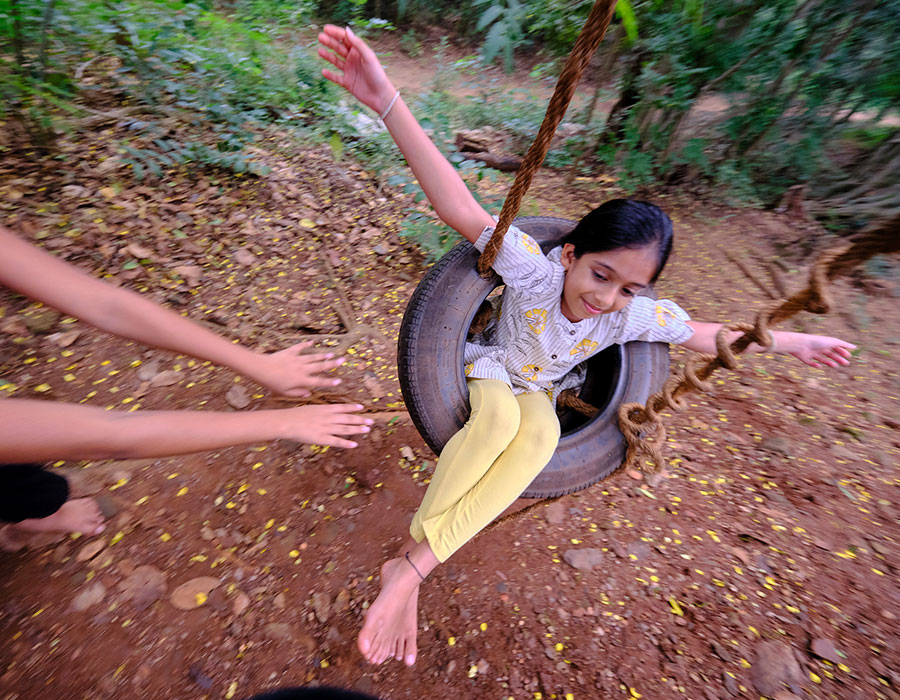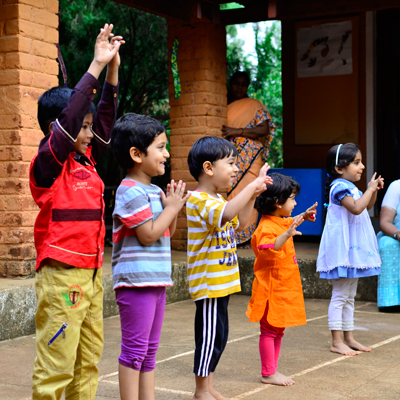The programme enables each student to engage with his or her capacity, joys and fears involved in physical expression, and to find the ability to face the immediate responses that the activity itself brings out. It demands that in addition to developing skills and techniques, learnt or intuitive to oneself, the student learns to engage with the task or game in a group setting. The student is under no pressure to perform to represent the school in competitive arenas and we hope that each student matures to face the demands of a task or game rigorously and to the best of his or her ability.
The physical activity programme at school includes activities that stimulate sensorial and motor development, cooperative games, pre-participation tasks to develop specific skills, and organized games like basketball, football, volleyball, cricket and soft ball. Assemblies at school and field trips support the physical activity programme and reflect our concern for a healthy physical culture for a growing individual.
We are concerned that students experience specific aspects of being – quietness, playing together and individual reflection – and use the sports programme as a ground for this. The students are encouraged to think and talk about the various contemporary issues related to sport – food, clothing, equipment, glamour, entertainment and money.













